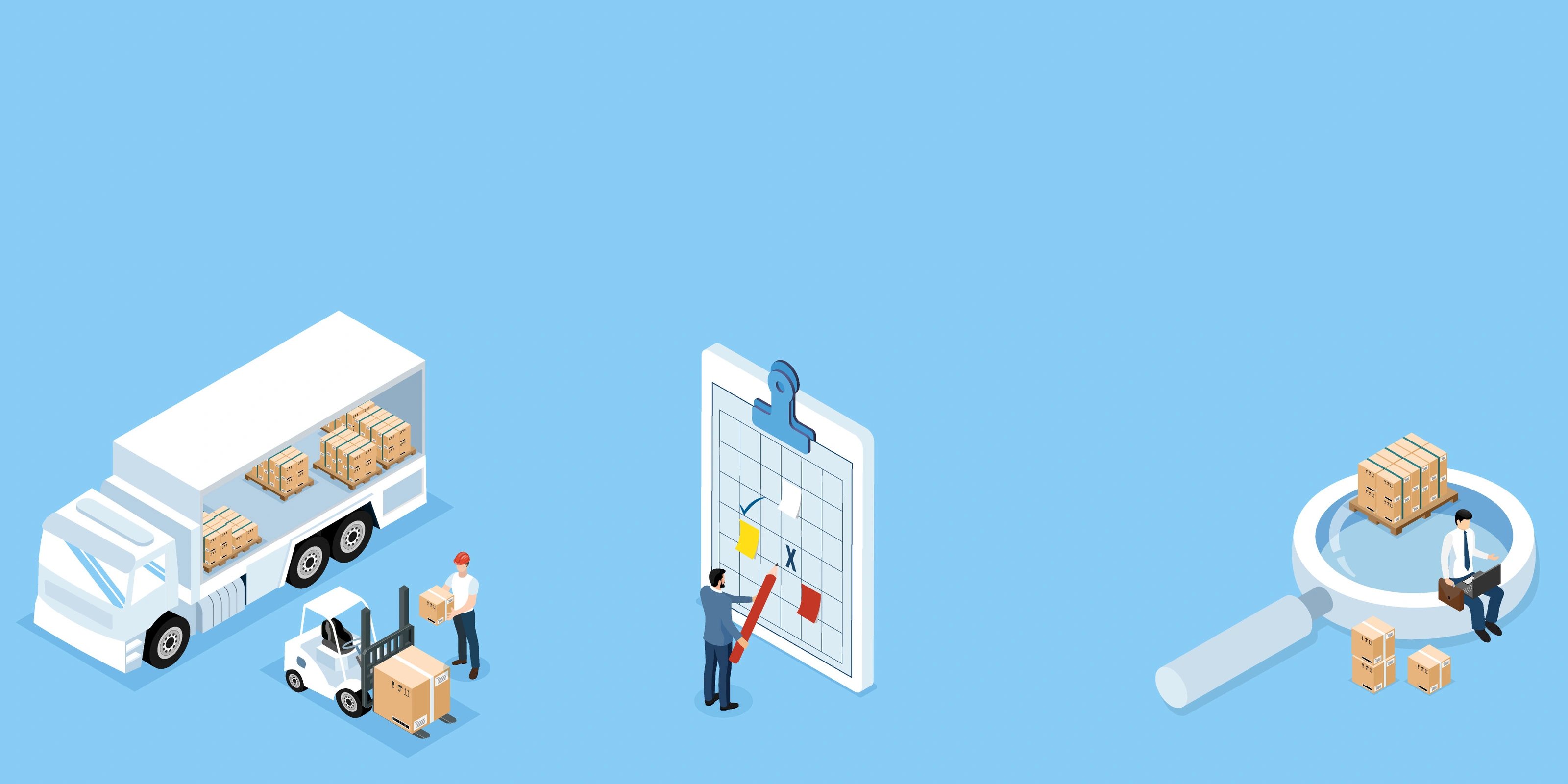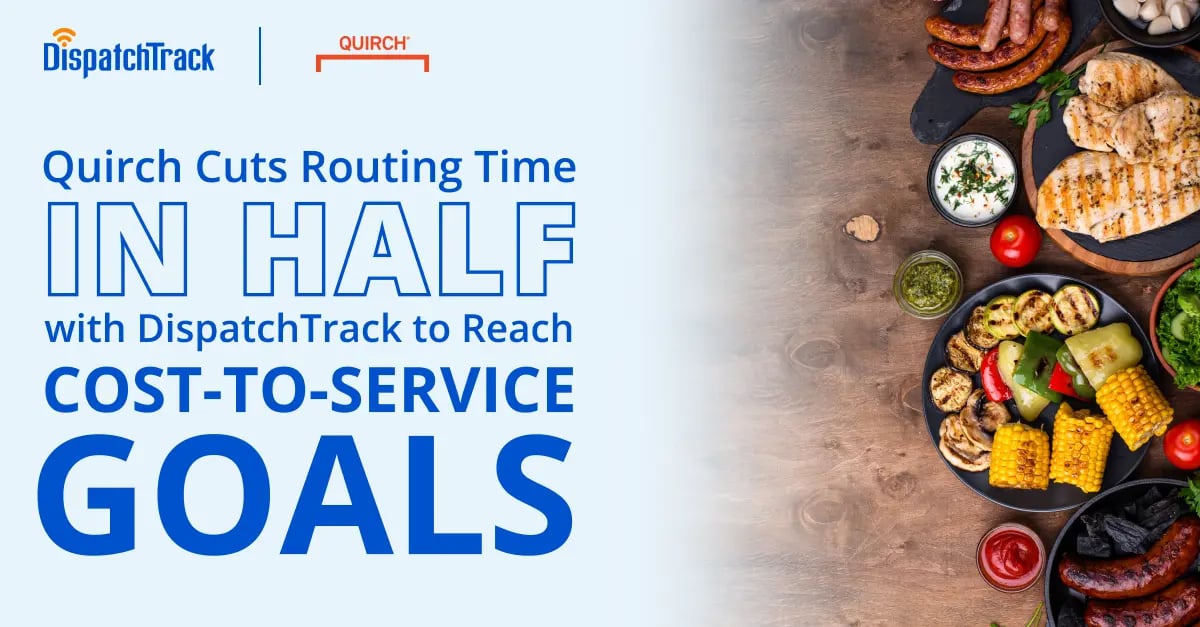Creating a clear narrative out of current economic conditions is no mean feat. Jobs numbers have been positive in the past few months, groceries are still expensive, and anyone who can predict gas prices should take their talents to Las Vegas. These kinds of factors don’t just impact your delivery costs directly—they also impact the conditions in which you’re delivering: depending on what you deliver, demand from customers might fluctuate significantly.
 It’s no secret that these economic conditions can make life harder for delivery organizations. Final mile deliveries are inherently costly and inefficient, but the less predictable those costs are the harder it is to create and execute plans that meet your needs.
It’s no secret that these economic conditions can make life harder for delivery organizations. Final mile deliveries are inherently costly and inefficient, but the less predictable those costs are the harder it is to create and execute plans that meet your needs.
All of which raises the question: what would it take to enable last mile delivery organizations to more effectively weather economic storms and handle uncertainty around delivery costs? Obviously there’s no panacea when it comes to the exigencies of logistics planning, but are there software solutions or tools that could make life easier for logistics operators in this regard?
How Economic Volatility Makes Delivery Management Harder
Like we alluded to above, fluctuations in cost and other disruptions that touch the logistics sphere don’t just impact costs within your four walls—instead, they can have ripple effects across the economy. When gas prices rise, consumers and businesses alike have to find ways to economize in other areas, which can result in lower demand. Sometimes, this means that you’re paying drivers the same rate each day to complete fewer deliveries, because the demand simply isn’t there.
Conversely, rising fuel costs can completely change the calculus when it comes to your cost-per-stop or cost-per-case. If you’re, say, a beverage distributor making some recurring stops at on-premise drinking establishments each week, which stops are actually profitable can change as your costs change. Spending $30 to deliver a $40 keg of beer can scale—but spending $50 to deliver a $40 keg of beer absolutely can’t. Distributors need a way to visualize those delivery costs as they’re planning and prioritize profitable stops, even when that’s a moving target.
Of course, we’re not suggesting that every time diesel tops 5 dollars a gallon your smaller customers should get the boot. But as you roll out your routes each day, you do need to be mindful of fluctuating delivery costs and find a way to stay on the right side of the ledger wherever possible. Without the visibility to understand your delivery costs across functions at a glance—and without the planning flexibility to adapt rapidly to changing circumstances—that’s incredibly difficult to do.
So how, in fact, do you build that level of flexibility and adaptability into your deliveries?
How the Right Technology Can Help
When you can’t easily understand the impacts of economic changes and adapt to them, it’s much harder to weather economic uncertainty. Conversely, when strategic visibility and flexibility are cornerstones of your planning and execution processes, you can fight economic volatility and keep offering unparalleled service to your customers in a cost-effective way.
How, exactly, do you make that happen? Here are a few ways:
Total last mile visibility:
The right solution gives you the ability to connect planners in the back office with drivers and other personnel out in the field. It also gives you the ability to get real-time delivery data as your deliveries are unfolding as well as robust reporting and KPIs after the fact. Beyond that, it should offer you total data connectivity with other logistics-related solutions—resulting in a single source of truth that enables complete data visibility. This should extend to delivery costs, such that even at the planning stage of your deliveries you can get accurate cost predictions for each case, stop, and route.
Rapid planning and adjustments:
When your delivery tracking system is too slow or too complex to enable you to create new territory plans or delivery routes in less than a matter of weeks, then it’s difficult to stay flexible and adaptable in responding to changing conditions. Conversely, something that enables you to generate actionable plans in a matter of minutes and adjust them on the fly if things change gives you the agility you need to make sure your plans actually match up with reality. If all of a sudden one product is more expensive than it was last week and your previous cost analyses don’t add up, you can quickly generate a more efficient plan that accounts for the change.
By the same token, when you find that some of your clients are placing orders less frequently, you can adjust your delivery territories to reflect that fact. The result is that you’re not stuck running less-than-efficient plans because you can’t update what you already have. In this way, you take an agile, active role in responding to economic volatility. There’s no silver bullet that’s going to cancel out high fuel prices or low order volumes, but the more responsive you can be the more effectively you can position yourself to overcome any hurdles that come your way.

What Does the Right Delivery Tracking System Look Like?
The right delivery system can offer exactly the kind of visibility and flexibility that we described above. But how do you make sure you’re adopting a solution that will actually make all that possible?
Here are a few things to look for:
- Processing power: One secret to generating plans as quickly as needed is to ensure that your solution has the power to calculate routes and territories for thousands of stops in seconds. This takes a lot of processing power, to say nothing of scalable architecture.
- Cloud technology: Of course, to make scalable architecture possible, what you really need is a cloud deployment. At this point, cloud technology has a number of advantages over on-prem, including better connectivity with other solutions and better security and performance.
- Intuitive UI: Another secret to generating plans as quickly as needed is deploying a system that planners can actually use. When you need to bring in a team of consultants just to create a new route plan, you’re setting yourself up for long lead times. That’s why you need to look for a solution that makes it easy for planners to actually do their jobs and create and adjust plans as needed.
- AI and machine learning capabilities: So much of your ability to stay agile hinges on your predictive capabilities. Based on your sequence of stops, when is the driver going to arrive at a particular delivery site? How much time will they spend onsite? How likely are they to get stuck in traffic? How much will the delivery cost? A human planner can make an educated guess, but software with AI-enabled predictive capabilities that learn from previous deliveries can do a lot more than guess—it can actually predict, with a high degree of accuracy.
- Cross-functional integration: Your cost-per-delivery is often about more than just driver pay and fuel costs. It often needs to account for sales and merchandiser follow up as well. The right delivery tracking system will give these different functions visibility into one another and even enable more cohesive cross functional planning.
There’s no denying that the current economy poses challenges for delivery organizations—and those challenges aren’t going away any time soon. That’s why it’s an ideal moment to adopt a delivery tracking system that can help you boost visibility, speed up planning, and ultimately help you fight economic uncertainty.